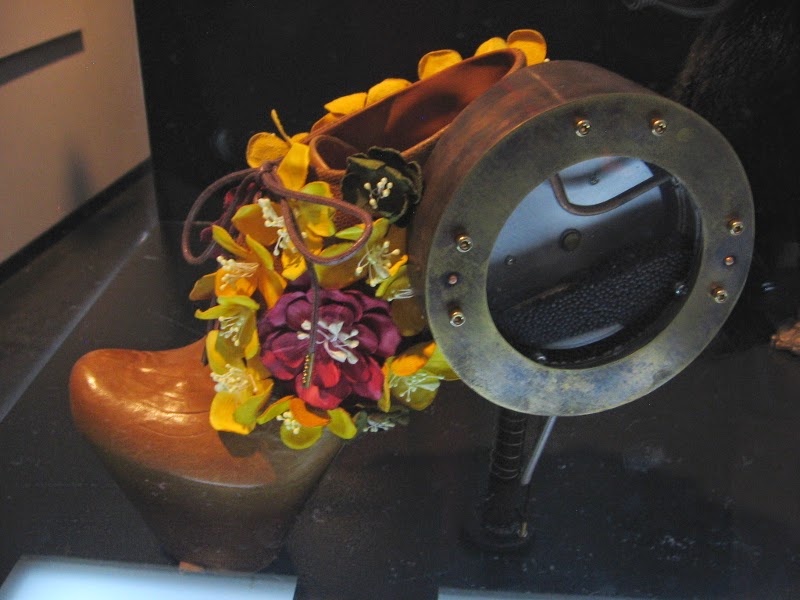 |
| William Blake. Behemoth and Leviathan, from Illustrations to the Book of Job (1826). Image from Encyclopedia Mythica. |
At 6:30 pm the screening began with five or ten minutes of previews. At 7:25 pm I was at West 4 subway station, waiting for the F train and reading Oliver Sacks' Hallucinations. This means that I lasted only about 30-40 minutes of the film, after which I sprang to my feet and ran out of the movie theater with the lightness and speed of a gazelle. Half hour of looking at the well familiar doom and gloom, drunkenness, self-loathing and self-destruction, hostility, rudeness, corruption, hopelessness, and denial of dignity was all I could endure. After that I decided that for the sake of my mental hygiene I needed to spare myself from seeing the rest of this film. I am sure that if this were a Japanese tale of woe, I would have had no troubles watching it, but Russians are adept at inventing and building their own circles of hell, the sights, sounds, and smells of which have an immediate effect on me and make me very, very light on my feet.
But Hallucinations provided little respite... Before my F train reached Queens, Leviathan was in front of me again, on the pages of Sacks' book, in a different, though not entirely unrelated context.
In chapter 5, Sacks compares visual hallucinations in patients with classical Parkinson's disease and patients with Lewy body dementia. As an example of a person whose intellectual capacity and creativity were well preserved despite severe motor impairments brought about by Parkinson's disease, the author mentions Thomas Hobbes (1588-1689), the founding father of political philosophy, whose book Leviathan (1651), an early treatise on the theory of social contract, explored the relationship between an individual and state. Hobbes started showing signs of "shaking palsy" at about the age of sixty, while completing the work on Leviathan, and although his condition worsened over time and eventually led to nearly complete immobility, he remained mentally lucid until his death at the age of 91.
In Leviathan, Hobbes argues that political order is a necessary alternative to chaos, a state of war of all against all, into which humans would be inevitably thrust if they were to follow their nature without restrictions. He dispensed with the idea of the greatest good, but argued that there is the greatest evil, or the fear of meeting a violent end. Hobbes favored absolute monarchy as a safeguard against anarchy, which was perhaps not surprising considering that the book was written during the English Civil Wars (1642-1651). Leviathan, which appeared with a frontispiece that resembles a Tarot card and depicts a giant whose body is formed from hundreds of human figures, immediately stirred up a great deal of controversy and won no favors of the clergy for the author.
 |
| The frontispiece Leviathan by Thomas Hobbes; engraving by Abraham Bosse. Image from Wikipedia. |
In his tribute published in New Yorker, The Man Who Could Be Anyone, Sacks described Robin Williams as "that adorable genius", a phrase once spoken about psychologist William James, and wrote warmly about their friendship that began when Sacks was helping Williams to become Sacks on the set of Awakenings.
Update March 7, 2015: In mid-February, Oliver Sacks announced that his ocular melanoma that had been successfully treated nine years ago metastasized in his liver and his time in this world is probably measured in months.
Update August 30, 2015: Oliver Sacks died (NYT obituary). Radiolab posted this wonderful program in his memory, based on their last conversations with Sacks, a friend of the program over many years.








